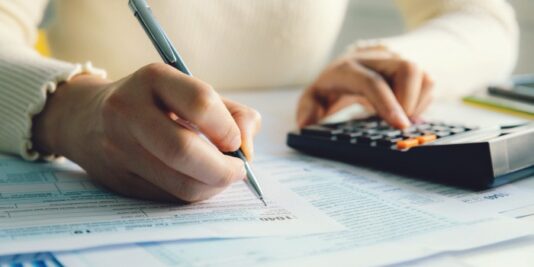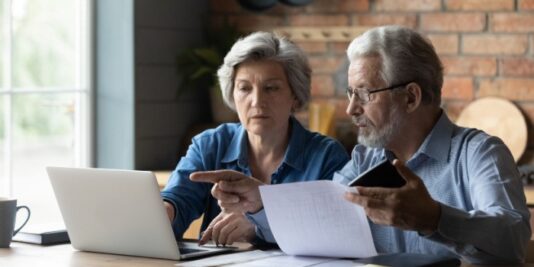Finalise provisional figures and file your next tax return early
Taxpayers who submitted 2021–2022 tax returns with provisional figures need to resolve these and provide the final figures by the end of November.
HMRC has been sending nudge letters to tax agents representing taxpayers whose provisional tax returns are still unresolved, and may also send them directly to unrepresented taxpayers who do not have an agent to manage their tax files.
While using provisional figures is sometimes necessary, submitting a high number of provisional tax returns can draw unwanted attention from HMRC, and leaving them unresolved could result in fines for failing to meet your tax obligations.
That’s why HMRC is also encouraging taxpayers and tax agents to get ahead by submitting 2022–2023 tax returns early – preferably with finalised figures.





